This design example uses a sensor in an optical computer mouse to measure the rotation of the disk, which can be mechanically coupled to any type of rotating device. By changing the sensor position along the radius of the disc, the solution can adjust the pulse for each revolution.
The CMOS optical sensor of the mouse chip provides a non-mechanical tracking engine. Image capture, digitization, and digital processing can be done inside the chip. With the simple and low-cost OM02, the sensor measures the position by acquiring surface image frames and determines the direction and distance of motion by mathematical operations. The sensor is housed in a polystyrene optical package and is designed for use with high brightness LEDs. It has a complete and compact tracking engine; there are no moving parts and no precise optical alignment is required. The OM02 can generate quadrature output signals for motion in the X and Y directions. The resolution is approximately 0.0025 inches and the movement speed is up to 16 inches per second.
The quadrature X-direction output signal produced by the chip simulates the output of a conventional encoder. Both X and Y signals can be used in 2D systems. The OM02 produces X1 and X2 quadrature signals at frequencies up to about 25 kHz. Figure 1 shows the timing diagram of the forward X motion (to the right). This quadrature output can also be used for DC stepper motor control when needed.
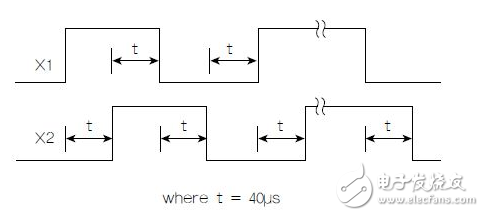
Figure 1: Example of a quadrature output waveform (+X motion).
The internal oscillator can be used as described in the IC data sheet, in which case the capacitor COSC (Figure 2) can be used. The resistor ROSC defines the frame rate: the smaller its value, the higher the corresponding rate.
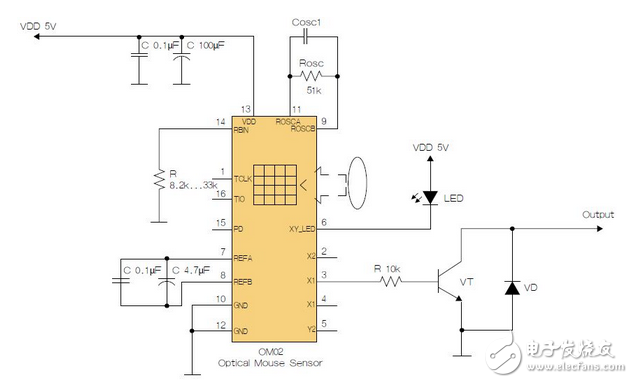
Figure 2: Disc rotation measurement with OM02 sensor.
Connecting the X1 and X2 outputs to the XOR gate doubles the data rate but loses direction information.
Physical implementation
For good surface pattern optical recognition, the inspection disc or other surface must have a certain texture, pattern, scratch or brush finish (Figure 3).
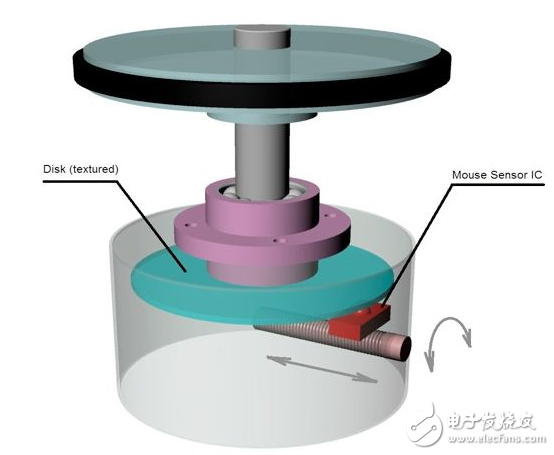
Figure 3: Physical principle of rotation detection.
The structure shown in Figure 4 has been successfully applied to applications such as assembly lines, conveyor belts, label placement equipment, and printing on moving objects to provide synchronized motion. More than 100 products produced work well after years of operation.

Figure 4: Structure that has been successfully applied to production.
There are other sensor ICs on the market that can handle different light sources and have different output, speed and other indicators. For example, the PAN3101 CMOS optical mouse sensor uses SPI, and the PAN101BCMOS optical navigation sensor has both SPI and quadrature outputs.
Schematic example of SPI interface
Sensors that use the SPI interface (or more than one IC's USB interface) do not allow each pulse to be tracked separately because they are sending packets (Figure 5). For hard real-time applications, it is best to use a sensor that provides quadrature output.
It would be very interesting to build an encoder with a wireless computer mouse, and the use of sensors in digital calipers may be of more interest because most of these sensors have an I2C interface.
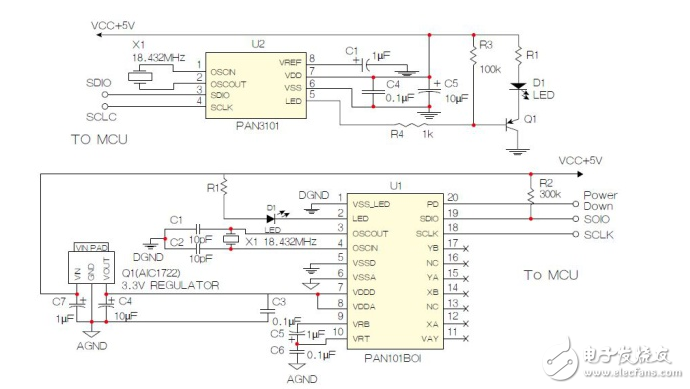
Figure 5: Schematic example of the SPI interface.
Long Rod Insulator is used for supporting wires and resisting electric current, Long Rod Suspension Insulator can be used at suspension and tension locations both as single and multiple strings as per system requirements. The special fail-safe mechanical design of the long rod insulator eliminates the most common mechanical failure modes of conventional cap (disk) insulators and composite insulators. We also sale Long Rod Polymer Suspension Insulator(Long Rod Polymer Insulator).
Features
1.With absolutely puncture-proof2.possess high arc resistibility
3.Are free from cement growth trouble
4.provide higher leakage distance
5.Superior self-cleaning characteristics
6.More lighter when compared to Disc Insulator strings of similar voltage class
Parameter
1.IEC Class:L70B/1702.Creepage Distance,mm:550
3.Mechanical Failing Load/kn:70
4.Tensile Failing Load/kn:56
5.Coupling Size:16B
6.Temperature Cycle:70k/3timrs
7.Porosity Test:180Mpa.h
8.Power Frequency withstand Voltage/kv:70
9.Dry Lightning Impulse Withstand Voltage/kv:170
10.Net Weight,Each Approx.,kg:9
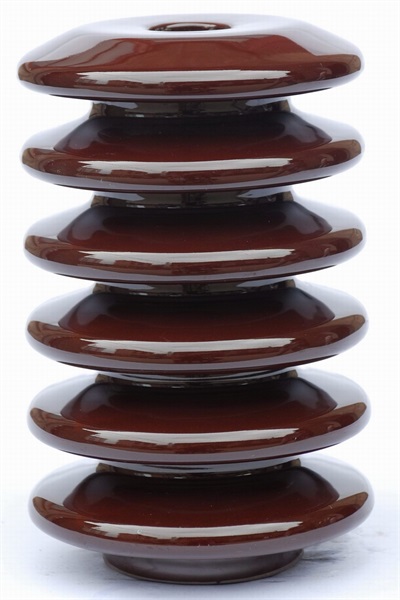
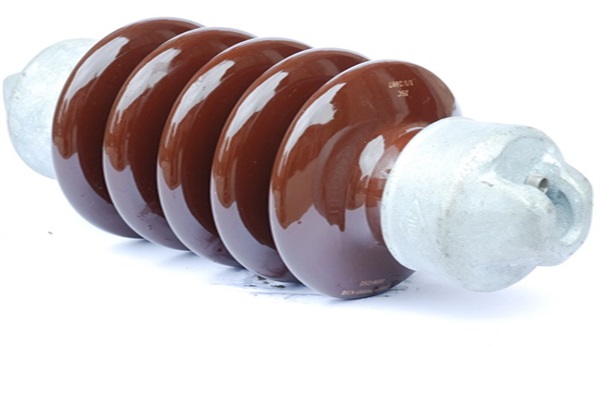
We warmly welcome friends both domestic and abroad to visit our company, if you have any questions, please contact with us directly.
Long Rod Insulator
Long Rod Insulator,Long Rod Polymer Suspension Insulator,Long Rod Polymer Insulator,Long Rod Suspension Insulator
FUZHOU SINGREE IMP.& EXP.CO.,LTD. , https://www.cninsulators.com